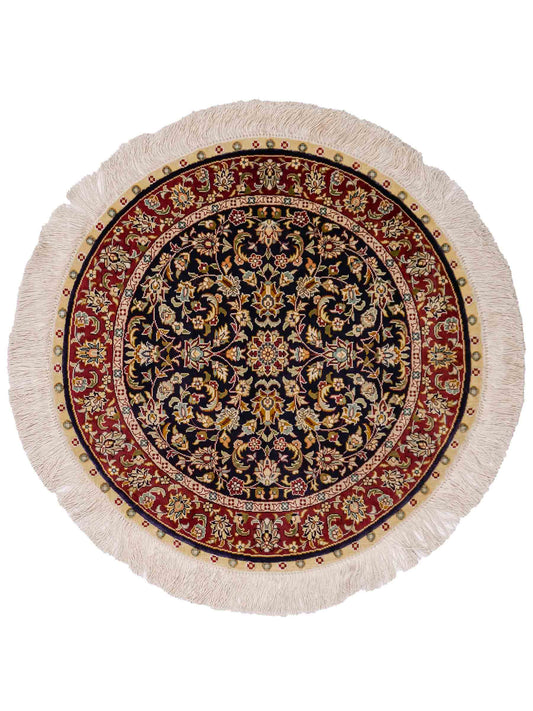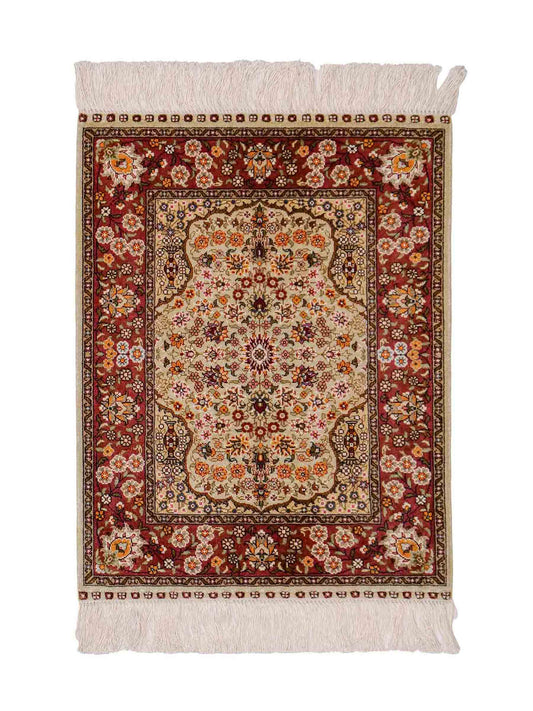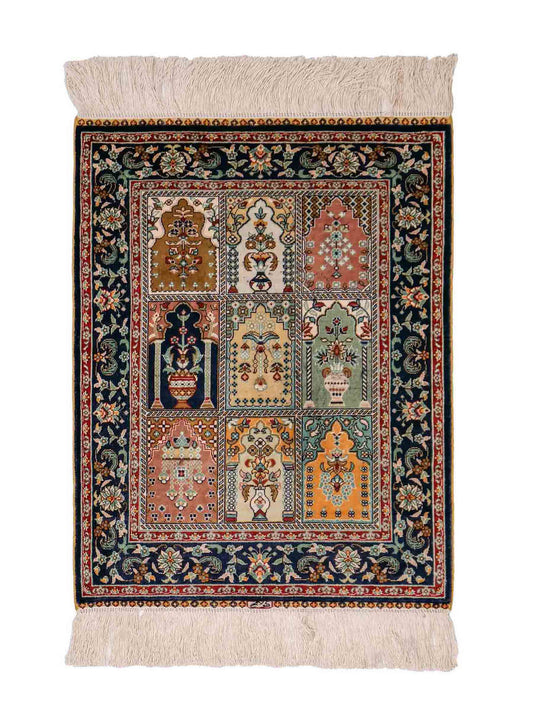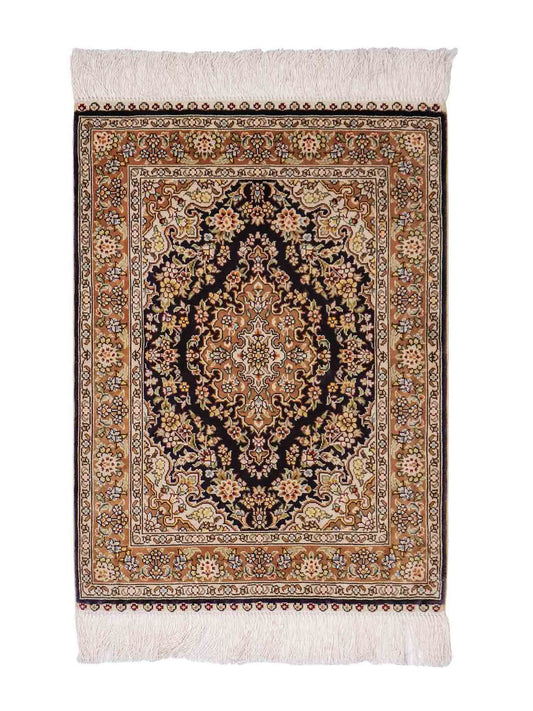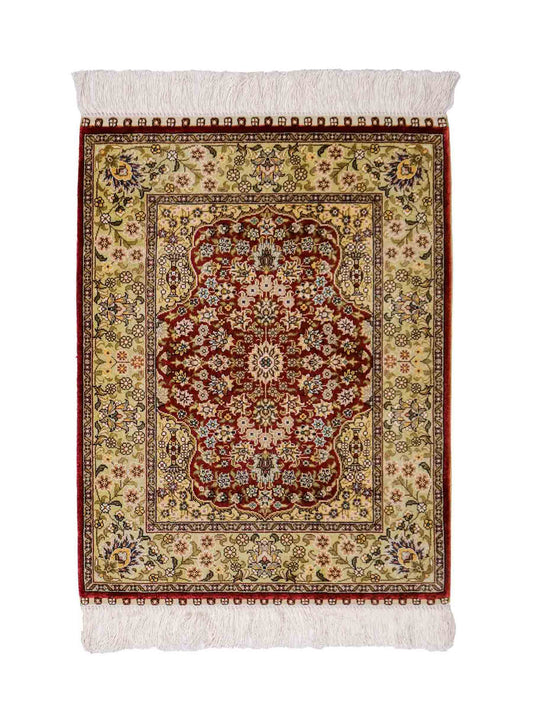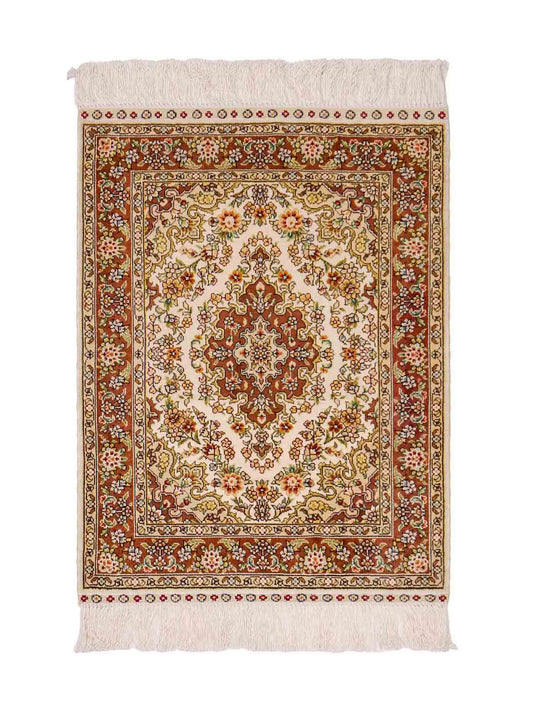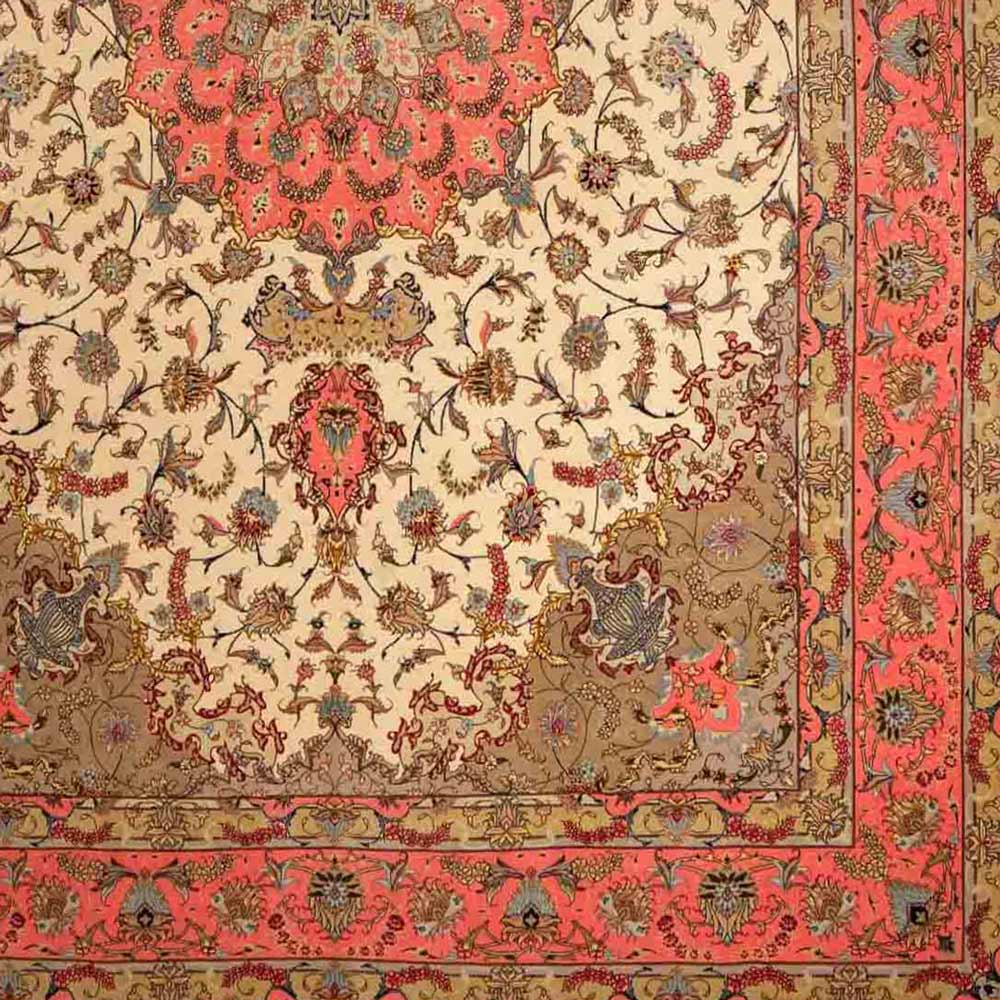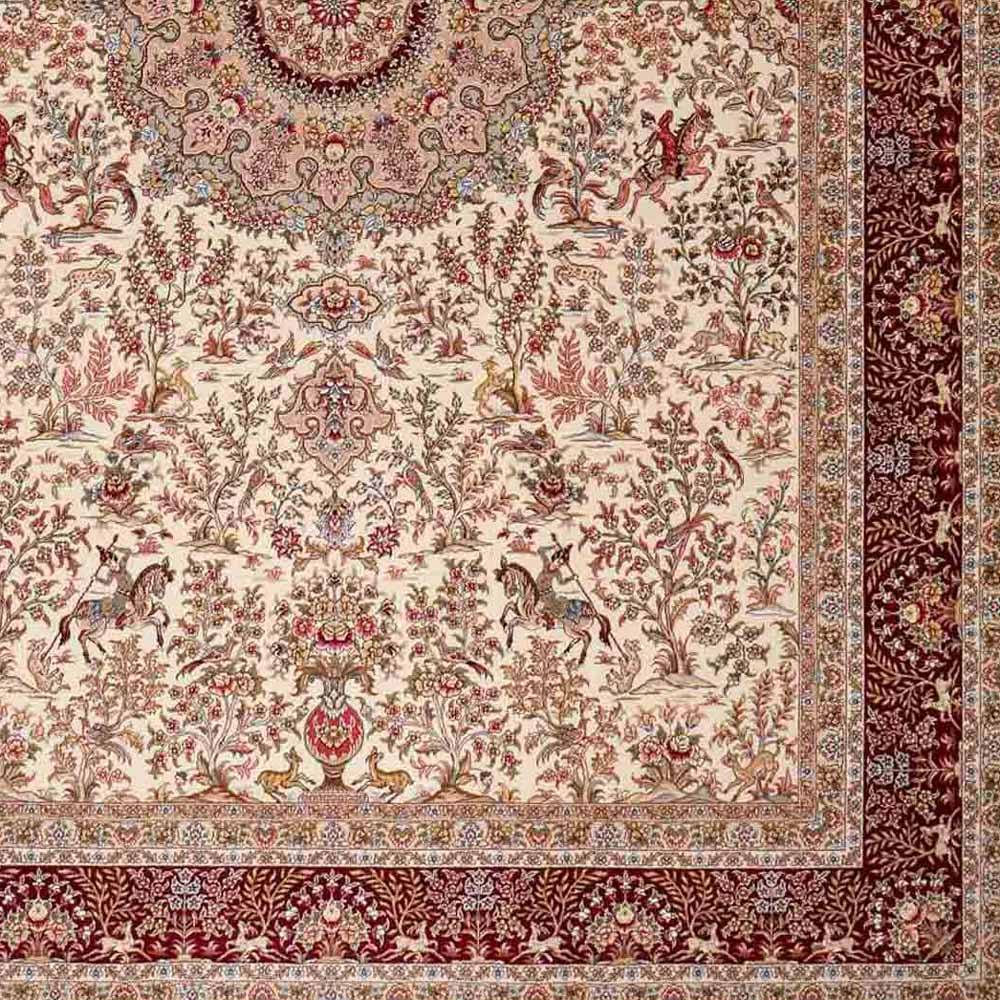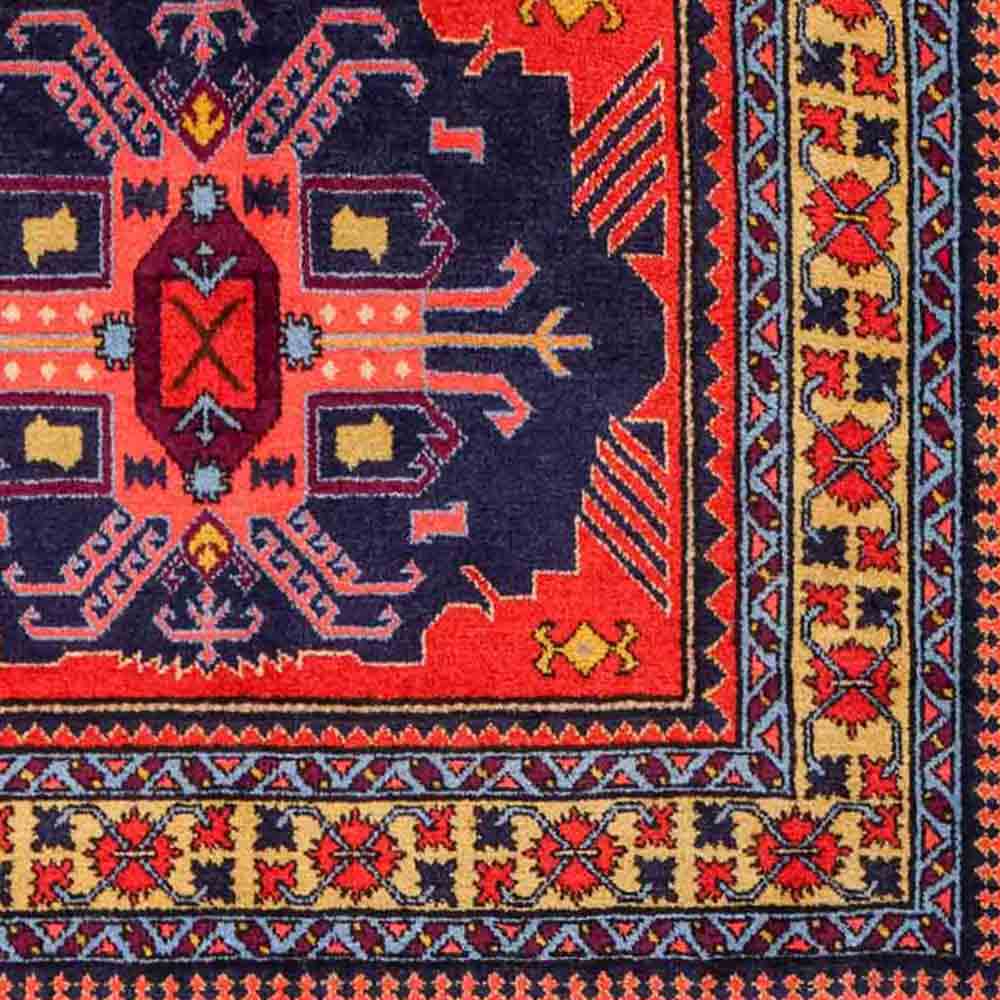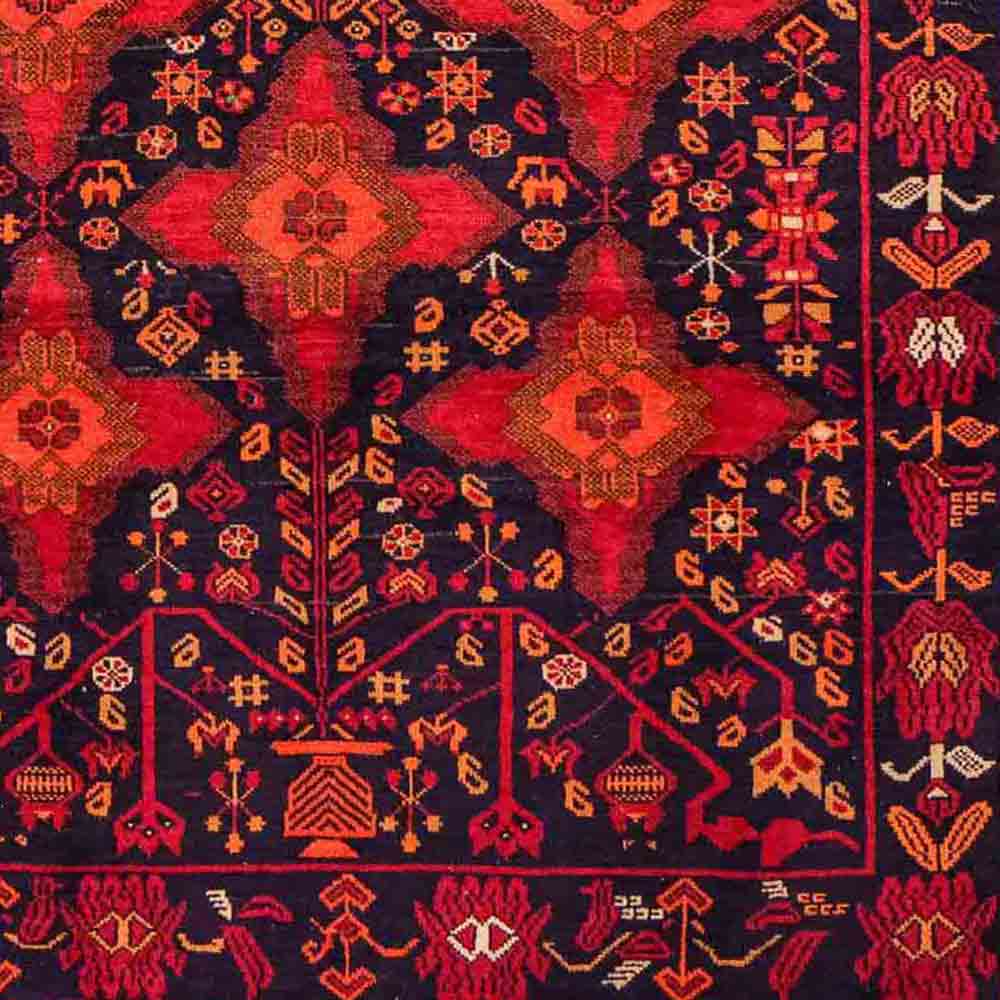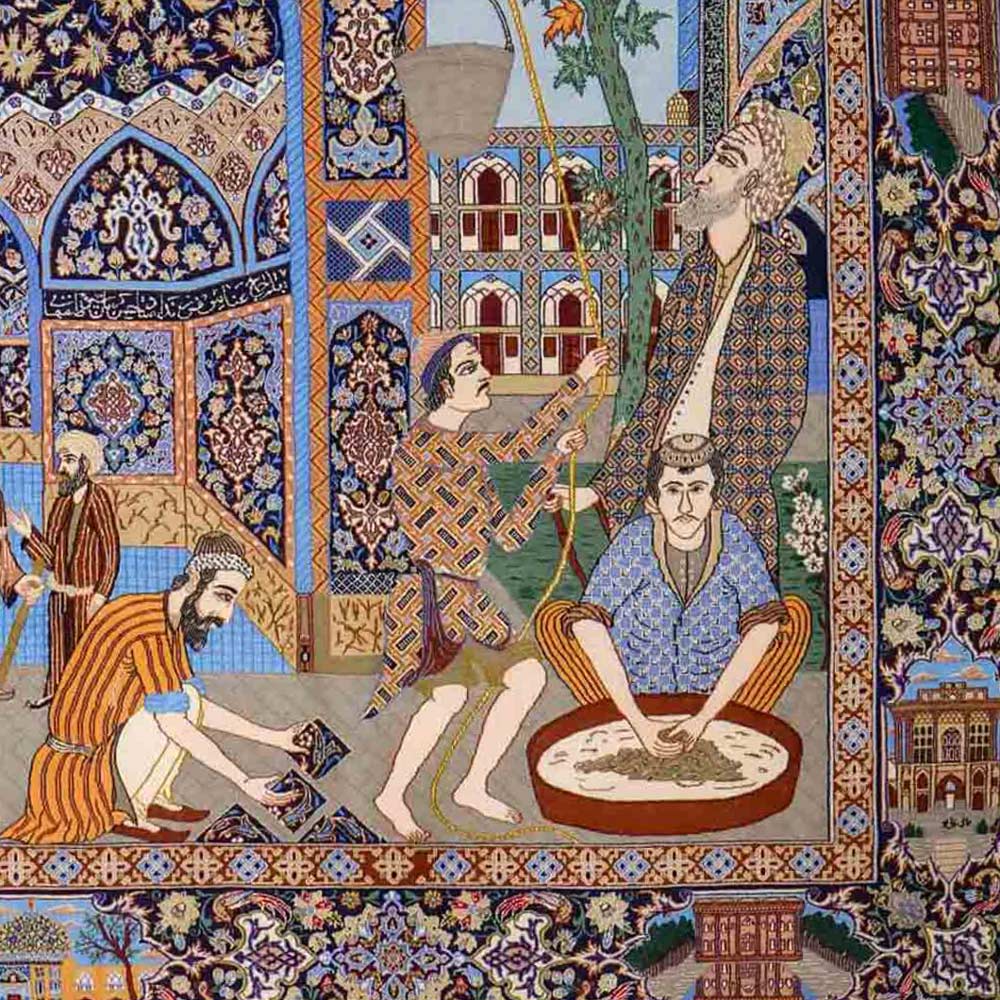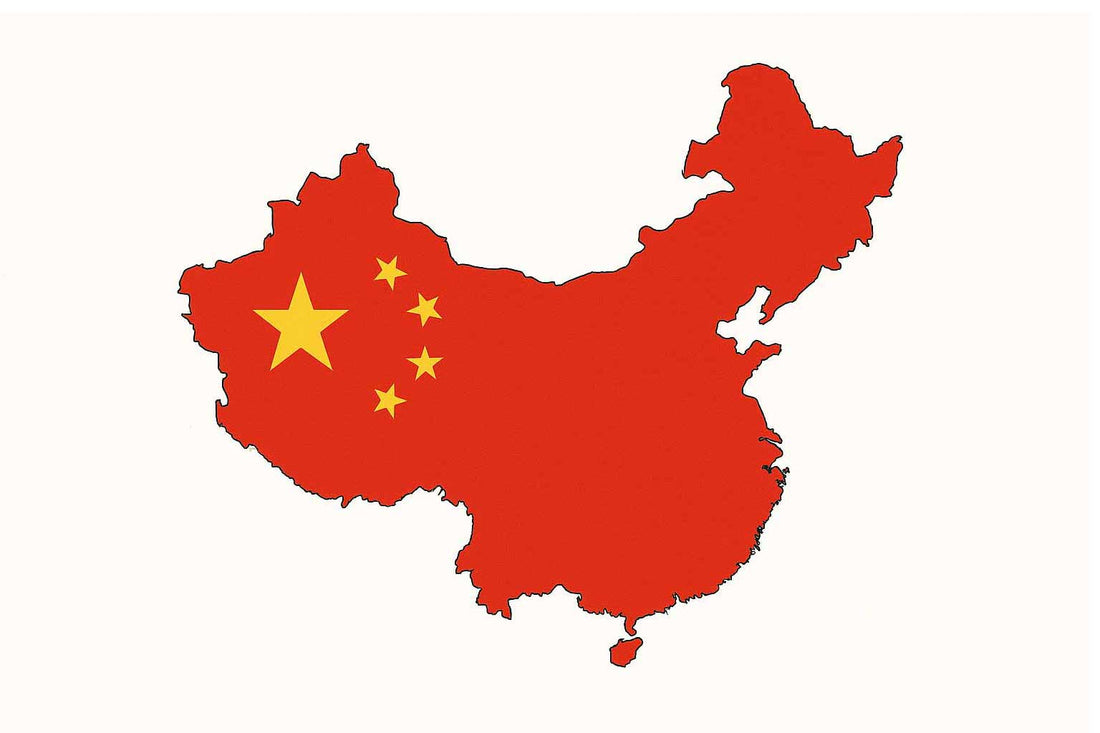
China: Expression of a Rich Culture
Daniel KhademiIn the world of textile art, Chinese rugs represent a deep connection between tradition and aesthetics. In addition to their impressive elegance, they embody the stories and values of one of the oldest civilizations on earth. With their unique patterns and vibrant colors, they attract attention and foster an appreciation of China's rich cultural and historical diversity.
History and Tradition
The origins of rug production in China date back to ancient times when rugs were mainly used by nomadic tribes in the northern steppe areas. The first rugs were often simple and made of wool. Over time, techniques and designs evolved, especially during the Ming and Qing dynasties (14th to 20th centuries). During this period, rug art reached a remarkable peak: manufacturing techniques were refined, and exceptional rugs rich in colors and motifs were created. These eras were crucial for the development of Chinese rug art and influenced numerous regional styles that are still popular today.
Symbolism and Designs
Chinese rugs are more than just practical floor coverings; they are elements of cultural identity and art. They often feature motifs from nature, such as lotus flowers, peacocks, dragons, and phoenixes, which are deeply rooted in Chinese mythology and philosophy. Each of these depictions carries its own symbolic meaning: the dragon, for example, represents power and good fortune, while the phoenix symbolizes rebirth and renewal. The use of vibrant colors and complex patterns reflects not only technical finesse but also the rich cultural history conveyed in each rug.
High-Quality Materials
The quality of the materials plays a crucial in rug manufacturing. Materials such as wool, silk, and cotton are often used for high-quality rugs. Wool is known for its durability and warmth, while silk is valued for its shine and softness. Cotton, on the other hand, is often used for the backing of the rugs. The careful selection and combination of these materials help to ensure that Chinese rugs are both aesthetically pleasing and functional. In some regions, special local plants or dyeing techniques are also employed, creating unique shades and textures.
The Art of Knotting
The construction process of a Chinese rug is time-consuming and demanding. The traditional knotting techniques include systems that have developed over generations. Depending on the region, different knotting techniques are used, such as the Persian knot or the Turkish knot, which differ in their structure and strength. A single rug can take months to create, as precision craftsmanship and an eye for detail are central to the knotting process. Many rug weavers begin their craft at a young age, making a valuable contribution to preserving this tradition.
Important Provinces
Some provinces in China are particularly renowned for their rug production:
- Ningxia: This region is famous for its wool rugs, which are often knotted in bold colors and frequently decorated with traditional geometric patterns.
- Shandong: Shandong is known for exquisitely crafted silk rugs that stand out for their detail and delicate patterns, often depicting mythological scenes.
- Xinjiang: Xinjiang produces Turkmen-style rugs, which are characterized by bold colors and geometric designs. These rugs are very durable and are often produced for both traditional and modern markets.
Conclusion
Chinese rugs are important cultural products that convey stories of art, tradition, and craftsmanship. They enrich homes by creating a connection between the past and the present. Owning one is a way to honor and preserve the tradition and craftsmanship of one of the world's oldest civilizations.

